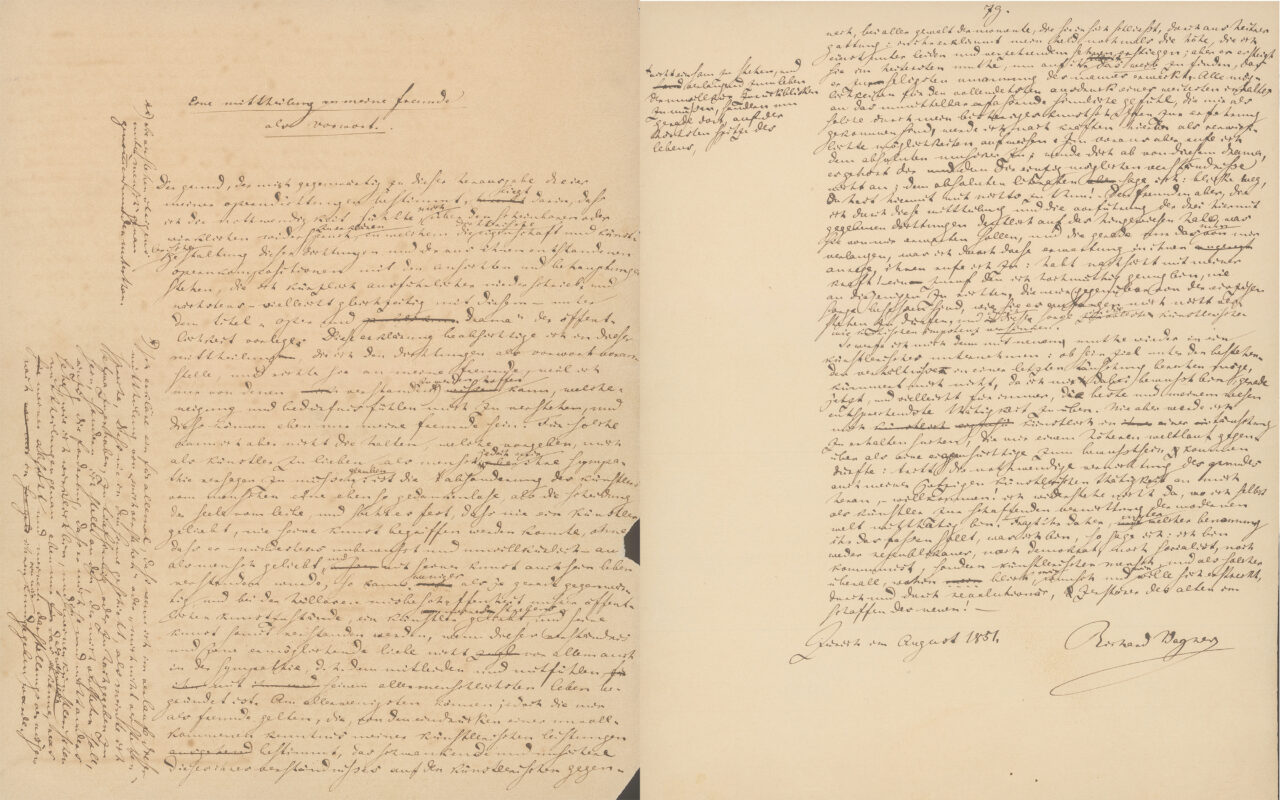Combination tones define violin sound
Italian researchers have proven that so-called "Tartini" tones are real and are mainly found in the sound of historical violins. Modern, industrially made violins have significantly fewer combination tones.

Italian researchers have examined the combination tones produced by a set of violins of different quality and age when played in two voices. They identified such "Tartini" tones in all the violins. The strongest occurred at a frequency below the lower note of an interval. The amplitude is strongly dependent on the violin and the interval played and was greatest in two old Italian violins.
Industrially manufactured violins showed significantly fewer combination tones. A listening test with selected intervals and violins showed that the differences between intervals with and without combination tones were correctly recognized by a group of professional and amateur musicians. The combination tones are therefore important for the quality of a violin's sound.
Tartini tones are named after the composer Giuseppe Tartini, who mentioned them in 1714. However, they had previously been described by the German music theorist Georg Andreas Sorge. It has long been assumed that Tartini tones are simply an auditory illusion created by the vibrations in the inner ear when two tones are heard simultaneously. However, the same research team proved in 2020 that the tones actually physically exist.
Original article:
https://asa.scitation.org/doi/full/10.1121/10.0014600







